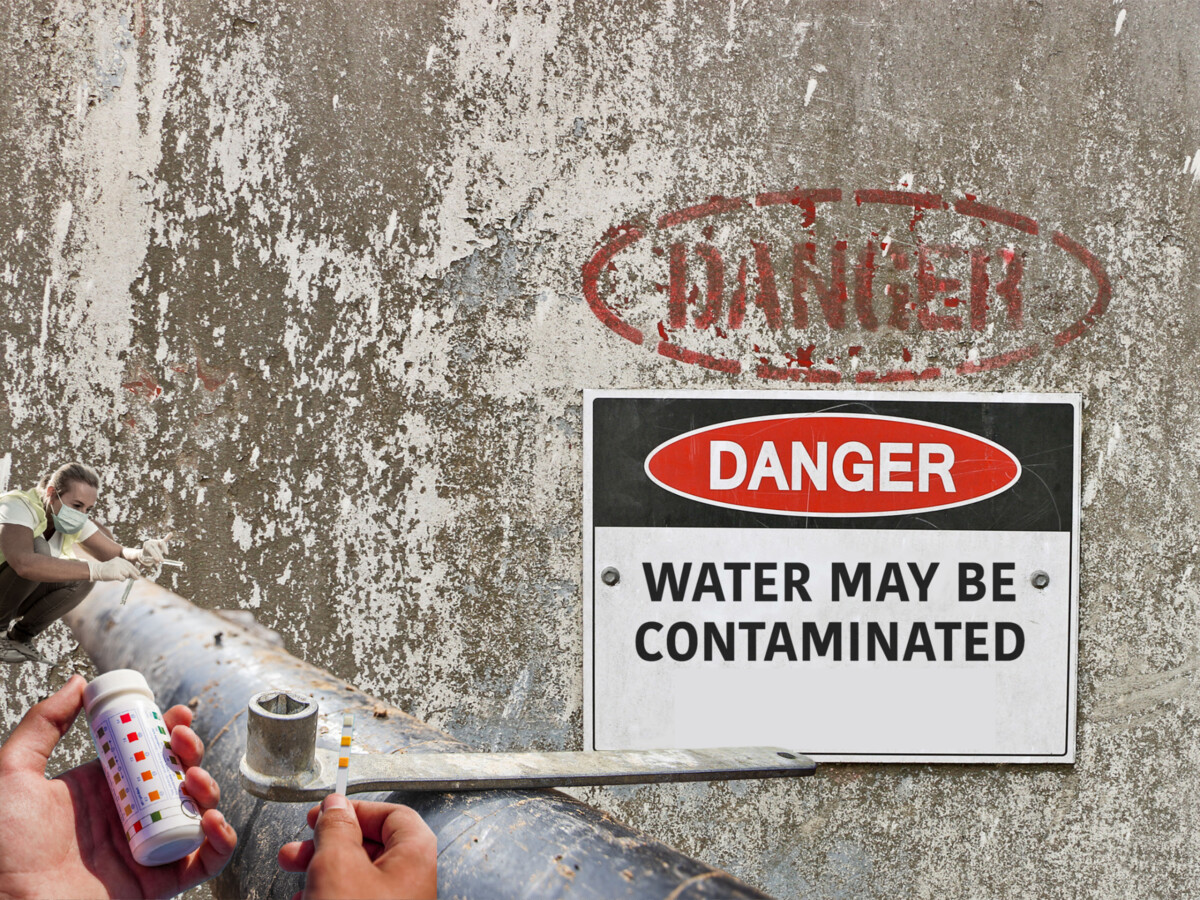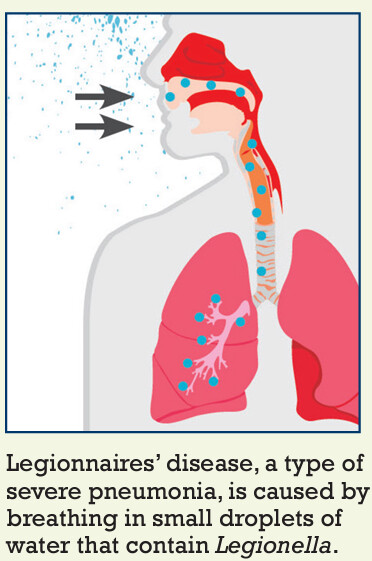Image


The presence of Legionella bacteria was identified in water samples collected from more than half of 30 homes within several municipalities served by Trenton Water Works (TWW), the New Jersey Department of Health (NJDOH) announced this weekend. This includes homes from Trenton, Ewing, and parts of Lawrence and Hopewell Township served by TWW.
The testing was conducted in September 2022 following the detection of Legionella, the bacteria that causes Legionnaires’ disease, in several homes that were voluntarily tested within the Hamilton Township area served by TWW in July 2022.
The homes tested in Hamilton Township were part of an ongoing investigation to determine potential causes of Legionnaires’ disease previously detected in Hamilton Township, with five cases including one death reported since December 2021. The most recent case was reported to health in September 2022.
To determine if other municipalities served by TWW were affected, health officials recruited an additional 30 homeowners from across the TWW distribution area, focusing on areas outside of Hamilton Township, to voluntarily have their homes tested for Legionella. NJDOH has notified all volunteer homeowners of the results from this sampling.
Legionnaires’ disease is a type of pneumonia that people can get after breathing in aerosolized water (small droplets of water in the air) containing Legionella bacteria. Individuals cannot get Legionnaires’ disease by drinking water that has Legionella.
Though uncommon, people can get sick when water containing Legionella is aspirated into the lungs while drinking (“goes down the wrong pipe”). NJDOH receives approximately 250-350 reports of Legionnaires’ disease each year throughout New Jersey.
 Photo from the U.S. Department of Health and Human Services, Centers for Disease Control and Prevention.
Photo from the U.S. Department of Health and Human Services, Centers for Disease Control and Prevention.NJDOH is now urging that all residents and building owners who receive water from TWW take action to reduce the risk of Legionella growth in their household and building plumbing. These recommendations are included below.
It is not known if individuals with Legionella detected in their homes are more likely to develop Legionnaires’ disease. While it remains rare for a healthy person who is exposed to Legionella to become sick with Legionnaires’ disease, people who are 50 years or older, especially those who smoke, or those with certain medical conditions, including weakened immune systems, chronic lung disease or other chronic health conditions, are at increased risk.
Symptoms of Legionnaires’ disease include cough, shortness of breath, fever, muscle aches, and headaches, which are similar to symptoms caused by other respiratory infections, including COVID-19.
Legionnaires’ disease can be fatal but is treatable with antibiotics. It is important that anyone who thinks they have symptoms of Legionnaires’ disease contact their health care provider and seek medical evaluation immediately.
Health officials are urging healthcare providers to collect lower respiratory specimens for Legionella PCR and/or culture, in conjunction with the use of the urinary antigen test, when suspecting Legionnaires’ disease. This is especially important among residents who receive water from TWW.
The urinary antigen test is the most common diagnostic method but can only detect Legionella pneumophila serogroup 1. PCR and culture of lower respiratory specimens can detect all Legionella species and serogroups.
NJDOH continues to work with the New Jersey Department of Environmental Protection (NJDEP) and Trenton Water Works (TWW) to investigate factors that may be promoting the growth of Legionella bacteria and to evaluate remedial actions that can be taken to reduce Legionella in the system.
NJDEP recently uncovered significant concerns with TWW’s operations and management, including intermittent failures to fully maintain treatment processes, monitor water quality, employ adequately trained operating personnel, and invest in required maintenance and capital needs such as upgrades to aging infrastructure.
Following NJDEP's findings, Governor Phil Murphy and NJDEP Commissioner Shawn M. LaTourette issued a Unilateral Administrative Order that, among other things, facilitates the immediate deployment of a capacity-building force comprised of managerial and technical experts who will focus on improving routine operations and maintenance, as well as resolving immediate capital needs.
How to Decrease Risks of Legionella Exposure
According to NJDOH, individuals, particularly those at high risk, can follow recommended steps to decrease the risk of Legionella exposure and best practices to limit the growth of Legionella in household water systems and devices:
RECOMMENDED ACTIONS FOR BUILDING OWNERS
ABOUT LEGIONNAIRES’ DISEASE AND LEGIONELLA
Legionnaires’ disease is a type of pneumonia (lung infection) caused by Legionella bacteria.
Legionella is a type of bacteria found naturally in freshwater environments such as lakes and streams and becomes a health concern when it enters and grows inside human-made water systems.
People can get Legionnaires’ disease by breathing in aerosolized (small droplets) water containing Legionella.
 Photo from the U.S. Department of Health and Human Services, Centers for Disease Control and Prevention.
Photo from the U.S. Department of Health and Human Services, Centers for Disease Control and Prevention.Aerosolized water can come from plumbing systems and devices such as cooling towers (part of the cooling system for large buildings), hot tubs, cooling misters, and decorative fountains.
Less commonly, people can get sick by aspiration of tap water containing Legionella. This happens when water accidentally goes into the lungs while drinking (“goes down the wrong pipe”).
People at increased risk of aspiration include those with swallowing difficulties.
Home A/C units do not use water to cool, so these home units do not aerosolize water and are not a risk for Legionella growth.
Legionnaires’ disease is generally not spread from person to person.
Additional information regarding Legionnaires’ disease and Legionella can be found here.
Our reporters will be dedicating time and resources to investigating the roadblocks to mental health accessibility in our town.
Donate to Morristown, NJs local mental health accessibility fund today!
 Scan the QR code to donate!
Scan the QR code to donate!*The 2022 Local News Fund is a program administered by the Local Media Foundation, a 501(c)(3) organization affiliated with the Local Media Association. The program's purpose is to allow independent and family-owned news organizations to solicit tax-deductible donations from their communities for journalism projects that focus on critical local issues. Contributions to this program are tax-deductible to the full extent of U.S. law; please consult a tax advisor for details.